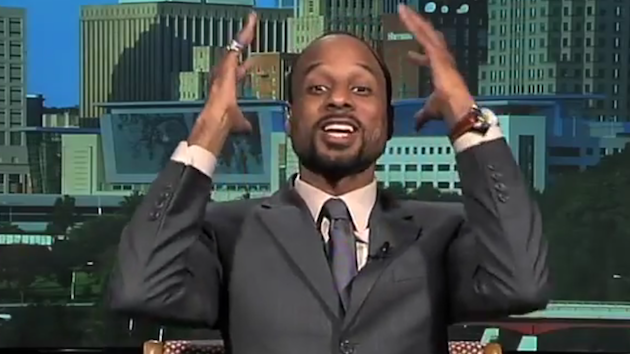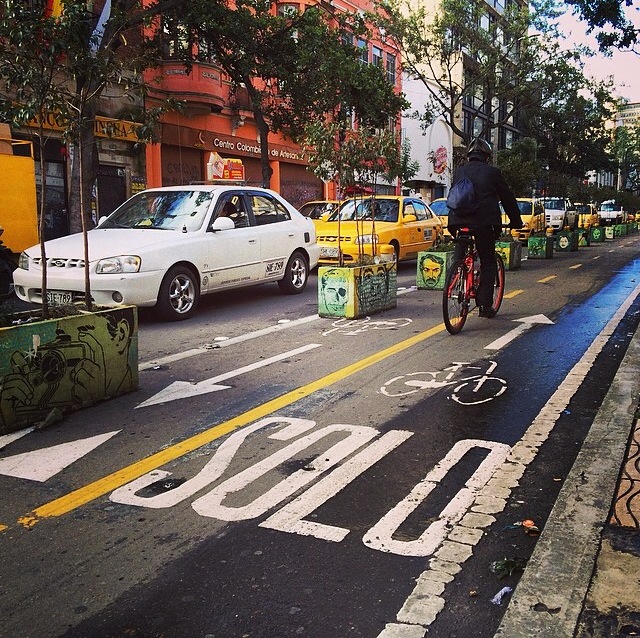The other week the NBA finalized the forced sale of the Los Angeles Clippers from Donald Sterling to Steve Ballmer. The move comes after weeks of heated criticism of Sterling following his racially charged comments caught on tape to his young, mixed-race girlfriend.
This was not, however, the first moment of controversy for the billionaire owner. More significantly, is his history of racism with regard to the management of his apartment properties in California.
First, in 2001, he was sued by the City of Santa Monica for “harassing and threatening” to evict rent control tenants. Then, in 2003, tenants filed a federal lawsuit against him claiming discriminatory housing practices, which Sterling settled out of court by paying $5 million in legal fees and an undisclosed settlement to those tenants.
All of this was then followed in 2006 when the Department of Justice sued Sterling, once again, for housing discrimination against African American and Latino tenants. This DOJ suit was settled the following year for roughly $3 million, and was quickly followed by a civil lawsuit, filed by Clippers General Manager Elgin Baylor, claiming wrongful termination.
There were other instances of racism, but it is the discriminatory housing practices of Sterling that should be most significant to urbanists.
“Discrimination in the housing market has been crippling to the attempts blacks and Latinos have made to empower themselves economically. The worst examples are in the sales market — there’s a wealth of urban economic evidence showing how the inability to buy homes has affected the black-white wealth gap — but such behavior in the rental market is just as damaging,” Bomani Jones wrote for ESPN in 2010.
“Consider that, frequently, moving to a fancy neighborhood like Beverly Hills provides the best chance a family has at placing its children in decent schools, something we all can agree is pretty important.”
The zoning practices and transportation systems built in America throughout much of the 20th century facilitated the segregation of our communities, not only by income, but by race. These actions, many would agree, helped create dangerous inner-city neighborhoods with little academic or economic opportunity. Places where it is far easier to get a bag of chips or bottle of soda than it is to get fresh fruit or vegetables. Places that are violent and unhealthy.
As a society, we seemed to have condemned Sterling for the words he used, but pay little attention to the harsh realities tied to his racial discrimination as a landlord. As Jones says, these, not the words Sterling was caught saying, are what pose real and every day challenges for many racial minorities in America.
“People tend to think of the more annoying manifestations of racism, like how hard it can be for non-white people to get cabs in New York. But in the grand scheme, stuff like that is trivial. What Sterling is accused of is as real as penitentiary steel. But for some reason, that hasn’t qualified as big news in most places.”

